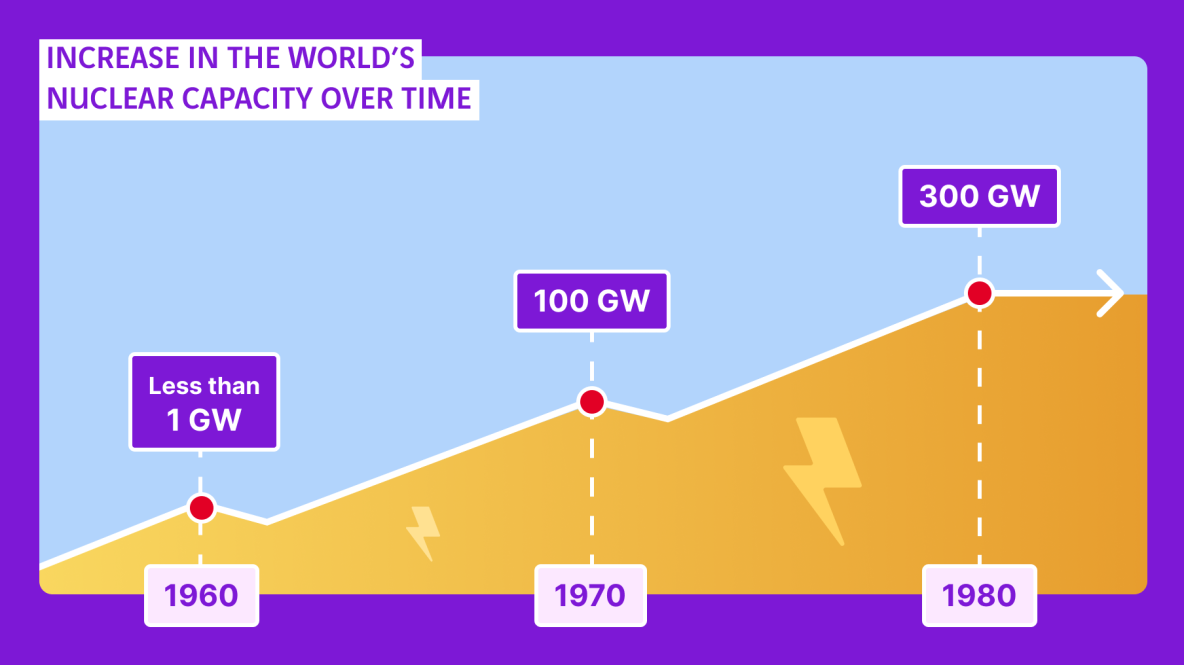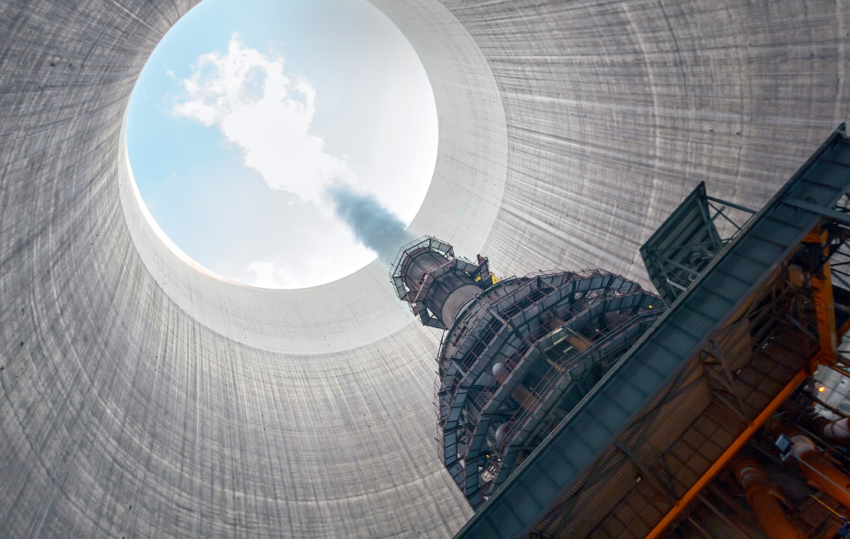
Fission: the historical nuclear energy
Nuclear fission energy was originally developed for military purposes, but its applications soon spread to the civilian sector. According to the International Atomic Energy Agency (IAEA), there are currently 444 commercial nuclear reactors in service around the world, with 58 under construction. Read on for a closer look at this energy and its pro...fusion of advantages.
On the same focus
The groundbreaking civil nuclear fission sector
France, the land of nuclear power
Fusion: the energy creating high hopes
An atomic discovery
To see the fission phenomenon in action, you need to drill down to the atomic level. When an atomic nucleus from a heavy element, such as uranium or plutonium, is struck by a neutron, a nuclear reaction occurs. The nucleus of the atom splits into two smaller nuclei, which generates a large amount of heat energy. Two or three neutrons are released during the process, which in turn may strike and split other atoms, which leads to a chain reaction.
E = mc2... sound familiar? During fission, the mass (of the atom) is converted into energy (heat). This is precisely what Albert Einstein described in his famous equation.
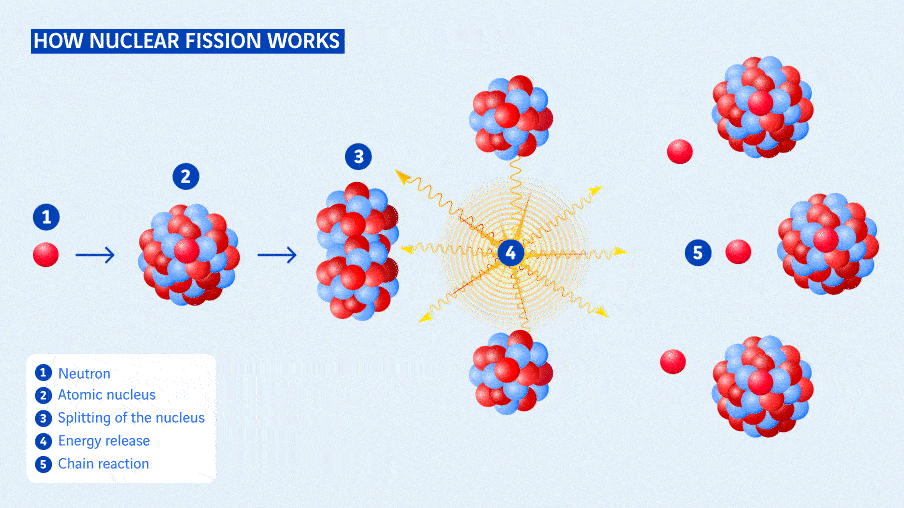
Development of the world's civil nuclear industry
Although the mechanics of the nuclear fission process were described by chemists and physicists as early as the 1930s, it took several decades of discoveries and experiments until scientists were able to tame the reaction and transform the heat into an effective energy source. This nuclear energy was initially harnessed to power submarines and aircraft carriers, but its applications soon spilled over into the civilian sector. The first commercial nuclear power plant to be hooked into a national power grid was built in the United Kingdom in 1956. The 1970s were witness to a tremendous surge in the development of the nuclear power industry.
United States, Soviet Union, France, Japan, China... the world’s nuclear capacity rocketed from a mere 1 GW in 1960 to 100 GW by the end of the 1970s, and that figure continued climbing to reach 300 GW by the end of the 1980s, before growth began to slow down.
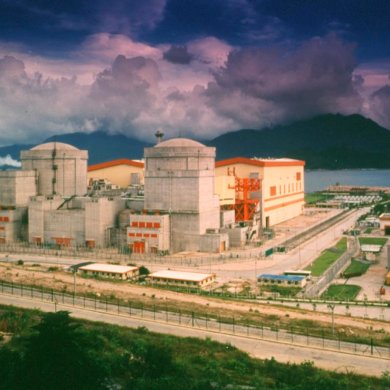
VINCI Construction built China’s first nuclear power plant, which was called Daya Bay 1. The plant was built between 1986 and 1993. Over 3,000 Chinese workers were involved in its construction, which was supervised by approximately 50 French expatriates and several Japanese expatriates. With its reinforcement bars, concrete and reinforced structural steelwork, Daya Bay 1 has been engineered to withstand an earthquake with a magnitude of 8 on the Richter scale.
A reactor’s containment building acts as a crucial protective shield and is designed to prevent radioactive matter from dispersing in the event of an accident. Its reinforced concrete walls have been massively strengthened with prestressing tendons to contain the pressure of a fire or explosion. Freyssinet, the VINCI Construction subsidiary that owes its name to Eugène Freyssinet, the man who invented and patented the prestressed concrete method in 1928, has been involved in the construction of 150 EPR nuclear reactors around the world and created the containment buildings for 58 reactors in France.
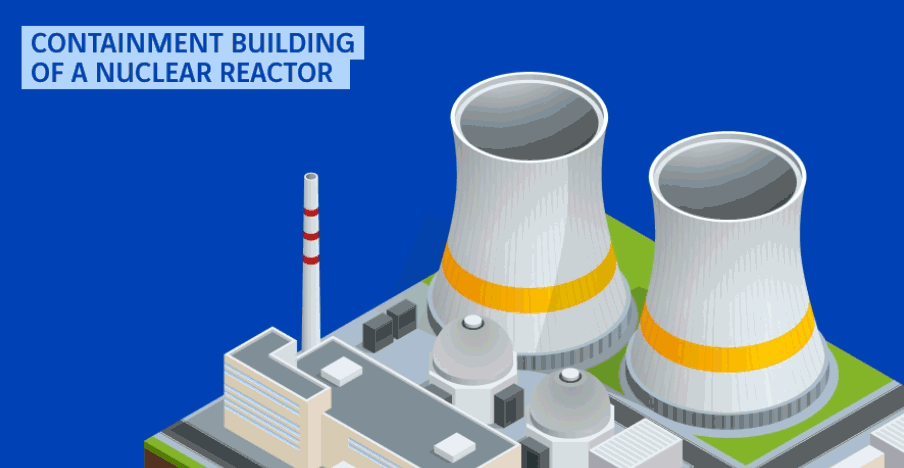
How does a nuclear fission power plant work?
The whole challenge inside a reactor is keeping the chain reaction under control. The fuel concentration and the size of the reactor are two ways to prevent the fission rate from accelerating out of control (mainly involving uranium atoms). Another method is to slow down the neutrons with a moderating medium. Ordinary water, which is known as “light water”, is an ideal moderator. Finally, neutrons can be absorbed using control rods, which are lowered at varying depths into the reactor core. The heat generated by the reaction turns the water into steam, which drives a turbine connected to an alternator that produces electricity. The reactor’s output can be accurately controlled by adjusting the intensity of the reaction. As such, the amount of energy produced can be tailored to the level of demand.
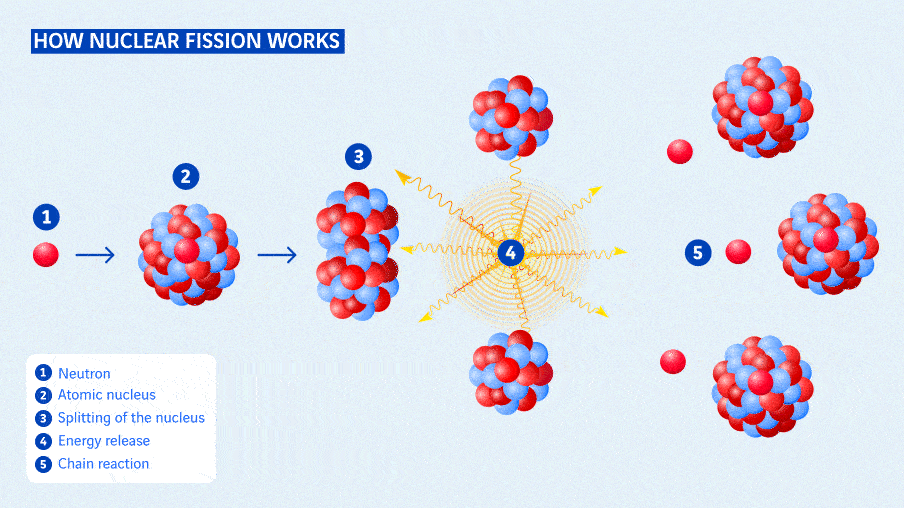
Maintening the world's civil nuclear power plants
One of the key challenges with maintenance is ensuring safety and extending the service life of the world’s nuclear power plants, many of which were built back in the 1980s/1990s.
Maintenance of a nuclear power plant
Nuclear power plants are complex facilities to operate and require a large number of maintenance activities, whether preventive or corrective maintenance, or upgrades to comply with the standards enacted in the aftermath of the Fukushima nuclear accident that hit Japan in 2011. Every day, thousands of employees at VINCI Energies and VINCI Construction are busy servicing, maintaining and extending the service life of nuclear power plants and facilities in France and around the world. In an effort to keep pace with the ambitions of the French and international nuclear industry, both VINCI Energies and VINCI Construction have embarked on the process of obtaining certification to the highly demanding ISO 19443 standard specific to nuclear safety. To obtain this certification, VINCI Energies started up its Avenir plan in 2021 to embark its processes, and its stakeholders’ processes, on a comprehensive continuous improvement journey.

Nuclear safety in France in the wake of the Fukushima accident
The nuclear accident in Japan in 2011 prompted several local and international authorities to take measures to ramp up safety at their nuclear power plants. Operators face a long list of obligations, such as installing emergency diesel backup generators to cover a potential outage in the power supply (photo opposite (VINCI Construction)), building crisis management bunkers as standard, improving the systems that supply water to the fuel pools and creating new fuel cooling systems.
Decommissioning a nuclear power plant
Whatever the reasons for permanently shutting down a nuclear power plant, the process of decommissioning the facility comes up against three main challenges:
- removing the hazardous waste and substances.
- decontaminating and dismantling the equipment.
- cleaning up the site and demolishing the buildings.
Decommissioning projects represent several years’ work and require safety inspections every step of the way.
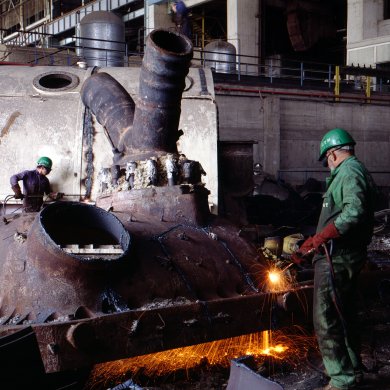
In addition to designing, building, operating and maintaining civil and military nuclear facilities around the world, VINCI Construction subsidiary Nuvia has also forged its reputation as an expert in decommissioning nuclear power plants. The company has helped decommission a number of power plants in France (Chooz, Marcoule, La Hague, etc.), the United Kingdom and Sweden.
Is nuclear power a solution for tackling climate change?
The major upside with nuclear fission energy is that it is readily available and can be controlled. Nuclear power also generates very few greenhouse gas emissions. When it comes to the main challenges with nuclear power plants, waste management and safety are clearly at the top of the list. In light of its major advantages and the urgent need to mitigate climate change, nuclear power is being incorporated into the potential scenarios for achieving net zero by 2050. Increasing its share in the global energy mix raises questions about long-term uranium supplies, but new ideas are taking shape on how to recycle and recover spent fuel. Fission continues to offer a gold mine of opportunities for research and innovation.
Sources :
International Atomic Energy Agency : www.iaea.org/
EDF : www.edf.fr
RTE : www.rte-france.com
Pour la Science n°121 - Décembre 2023
Most viewed
Vous aimerez aussi
Words from researchers: let's fight stereotypes!
Charlotte, a research fellow at École des Mines, and Erwan, a university professor and researcher at AgroParisTech, talk…
Fondation VINCI pour la Cité: opening the door to others is another way of reaching out!
With some 1.3 million organisations and 2 million employees, France can lay claim to a dynamic network of associations…
Sea water desalination: a solution for turning the tide on the water scarcity crisis?
As water shortages continue causing havoc in a growing number of regions around the world, an age-old idea is experiencing a…

